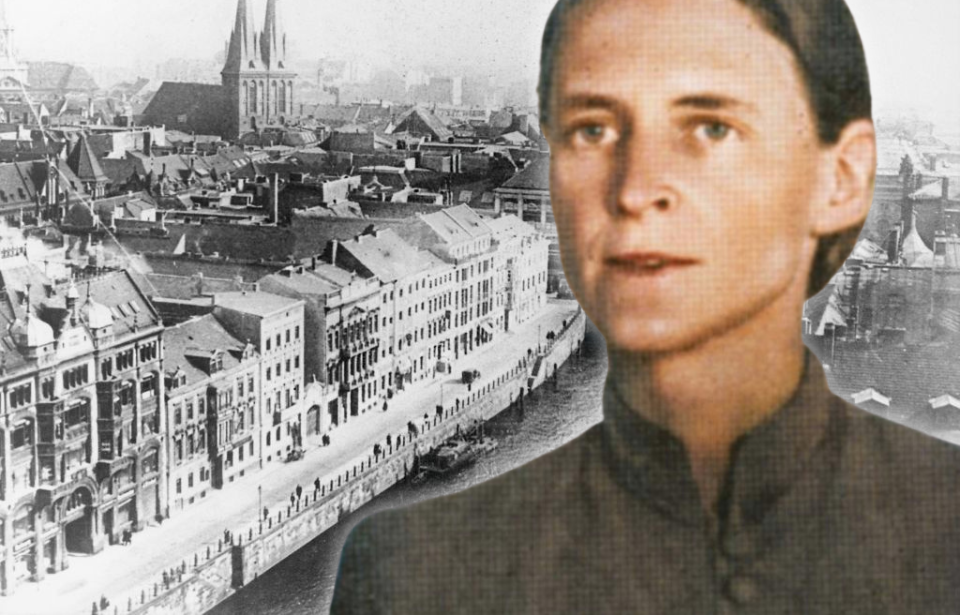During World War II, and even in the years leading up to it, Resistance groups emerged throughout German-occupied Europe. Driven by an unwavering dedication to protecting freedom and resisting oppression, countless individuals put their lives on the line for the cause. The bravery of these groups was remarkable, with one of the most notable figures in the underground movement being Mildred Fish-Harnack, an American living in Germany who jeopardized her own safety to support the Resistance.
Mildred Fish-Harnack’s mother was a major influence
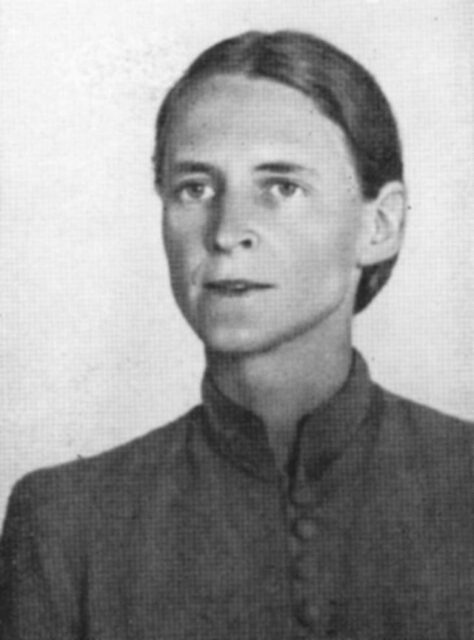
Mildred Fish-Harnack was born on September 16, 1902, in Milwaukee, Wisconsin. Raised in what many would consider a modest household that struggled with money problems, she was influenced by her mother, Georgina, a staunch supporter of the women’s suffrage movement. A self-taught stenographer and typist, the elder Fish instilled in her daughter not just a sense of justice, but a passion for literature.
Fish-Harnack stoked her love for English at West Division High School, before attending George Washington University, followed by the University of Wisconsin. Throughout her post-secondary studies, she delved into the works of Walt Whitman and Ralph Waldo Emerson, who inspired the direction in which she took her own writing. It was during this time that she further became an advocate for social justice.
Making the move to Germany
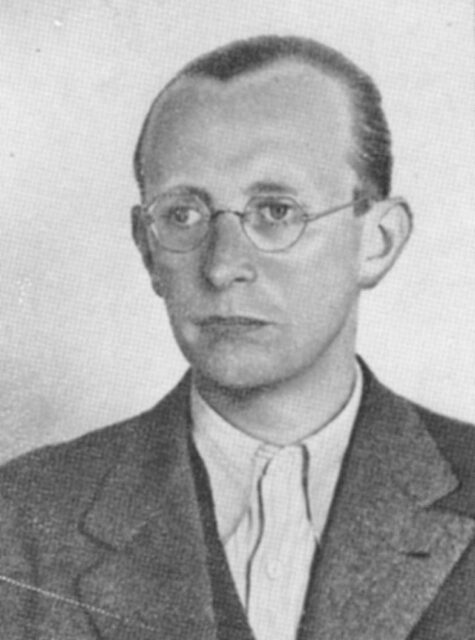
In 1926, Mildred Fish married German economist Arvid Harnack, whom she had met while studying at the University of Wisconsin. Shortly after, she moved with him to Germany, where he continued his academic pursuits. Fish-Harnack furthered her own education as well, enrolling at the universities of Jena and Giessen.
Upon her arrival in Germany, the country was increasingly coming under the sway of the National Socialist German Workers’ Party. She observed its rise firsthand, as many of her professors and classmates openly supported the regime. Nevertheless, Fish-Harnack remained focused on her studies and took on a role as an assistant lecturer at the University of Berlin, teaching English and American literature.
Her lectures, which covered works by famous authors such as Theodore Dreiser and Thomas Hardy, were highly regarded, and her enthusiasm for the subject earned her the respect and admiration of her students.
Pursuing a career in literature
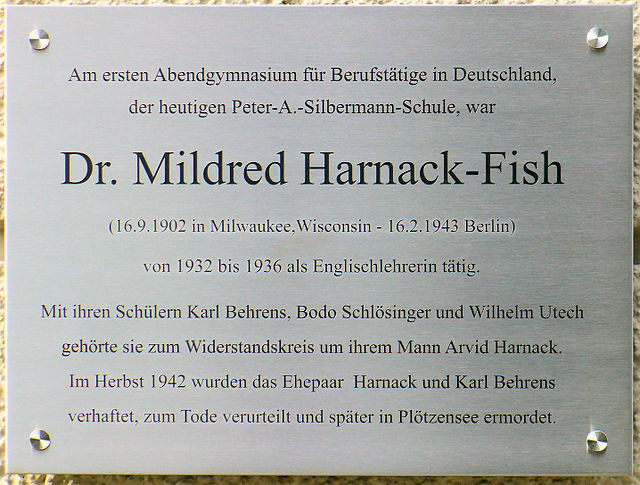
As Fish-Harnack’s reputation grew, her work began to be published in German literary magazines. She subtly used her rising influence to critique Germany’s shift toward dictatorship, gaining increasing respect in literary circles. She also became interested in the Soviet Union, where, unlike in the United States, women enjoyed greater rights. Alongside her husband, Arvid, she organized evening discussions on the USSR’s economy, sharing insights from these sessions with her students.
Her critical view of the regime eventually cost Fish-Harnack her job as a lecturer at the University of Berlin. Shortly afterward, she and her husband became involved with the “Red Orchestra.”
Red Orchestra

The Red Orchestra was an underground Resistance group that emerged in Germany during the 1930s. With a membership made up of government officials, artists and intellectuals, it aimed to undermine the increasingly-oppressive regime through espionage and propaganda leaflets. It also helped Jewish individuals escape persecution.
Similar to other Resistance groups that operated throughout Europe during the Second World War, the Red Orchestra consisted of a network of cells. The vastness of the group meant that it eventually became infiltrated by enemy agents, but this didn’t stop members from continuing their duties, in the hopes of freeing Germany from the Führer‘s grasp.
Mildred Fish-Harnack was heavily involved in the Red Orchestra
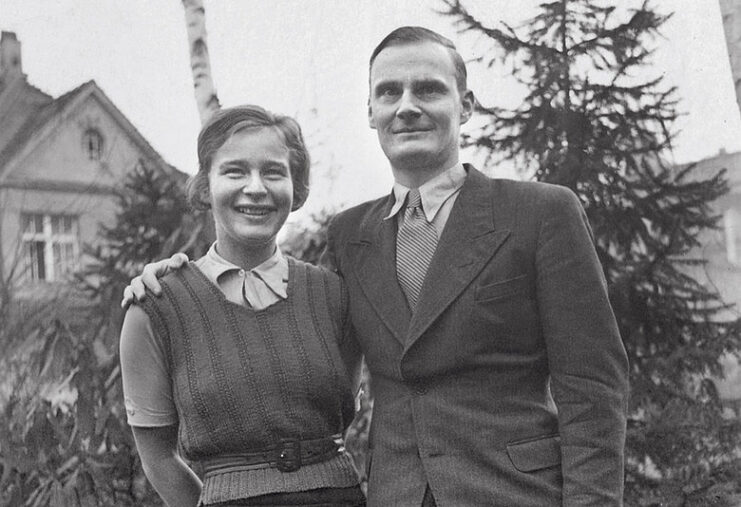
Mildred and Arvid Fish-Harnack were active in the Red Orchestra, with their fluency in English and German being a particular asset, as this allowed the group to communicate with Allied intelligence agencies. They participated in typical underground activities, such as distributing leaflets, and even connected with Lt. Harro Schulze-Boysen, a left-wing publicist and Luftwaffe officer who secretly documented German military efforts and forwarded them to the Soviets.
Among the couple’s most notable efforts with the Red Orchestra involved them doing the same thing, filtering German military plans to the Red Army, which, if caught, would have undoubtedly led to their immediate executions. There’s also evidence Fish-Harnack aided the Red Orchestra’s efforts to help Jews flee Germany. Along with sheltering them, she secured false documents and safe passage out of the country.
Mildred Fish-Harnack was executed for her Resistance work
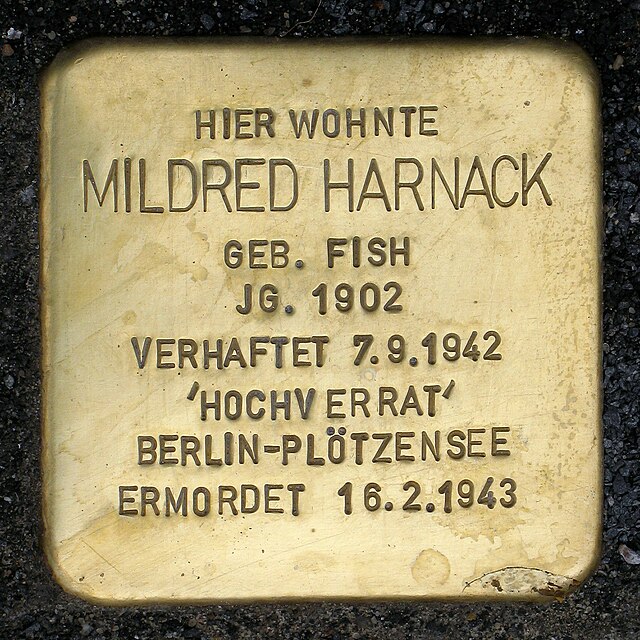
Mildred and Arvid Fish-Harnack’s work with the Red Orchestra led the Gestapo to arrest the pair on September 7, 1942, while vacationing on the Baltic Sea. How did the officers know they were involved? The Funkabwehr, which had decrypted messages and intercepted radio transmissions detailing the extent of their espionage.
While initially sentenced to six years imprisonment, the Führer intervened and ordered a retrial, upset about what he viewed as a lenient sentence. The second trial saw Mildred handed a death sentence, which was carried out by guillotine at Berlin’s Plötzensee Prison on February 16, 1943.
According to reports, her last words were, “Und ich habe Deutschland auch so geliebt,” which translates to, “And I, too, so loved Germany.” Despite everything she’d faced and the oppression within the country, she still loved Germany and had hoped to free its citizens from tyranny.
A legacy that continues to be honored
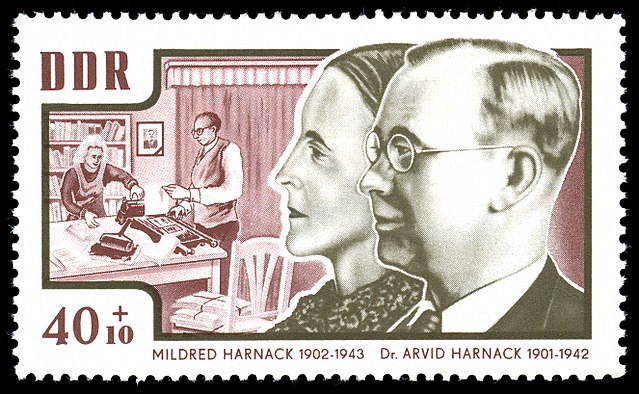
Despite newspapers learning about Mildred Fish-Harnack’s death upon the conclusion of World War II, the US government made a concerted effort to withhold information from the public, due to an investigation into whether her execution could be classified as a war crime. While they applauded her efforts, the case was ultimately closed, given she had been put on trial for her espionage work, making her prosecution “legally justifiable.”
More from us: Josefina Guerrero: The Philippine Spy Who Used Her Illness to Help the Allies Liberate Her Country
Want War History Online‘s content sent directly to your inbox? Sign up for our newsletter here!
Fish-Harnack’s legacy of courage and resistance continues to inspire over 80 years after her death, with her life memorialized in many ways. In her home state of Wisconsin, schools observe Mildred Fish-Harnack Day, while a street in Berlin’s Friedrichshain neighborhood is named for her.
